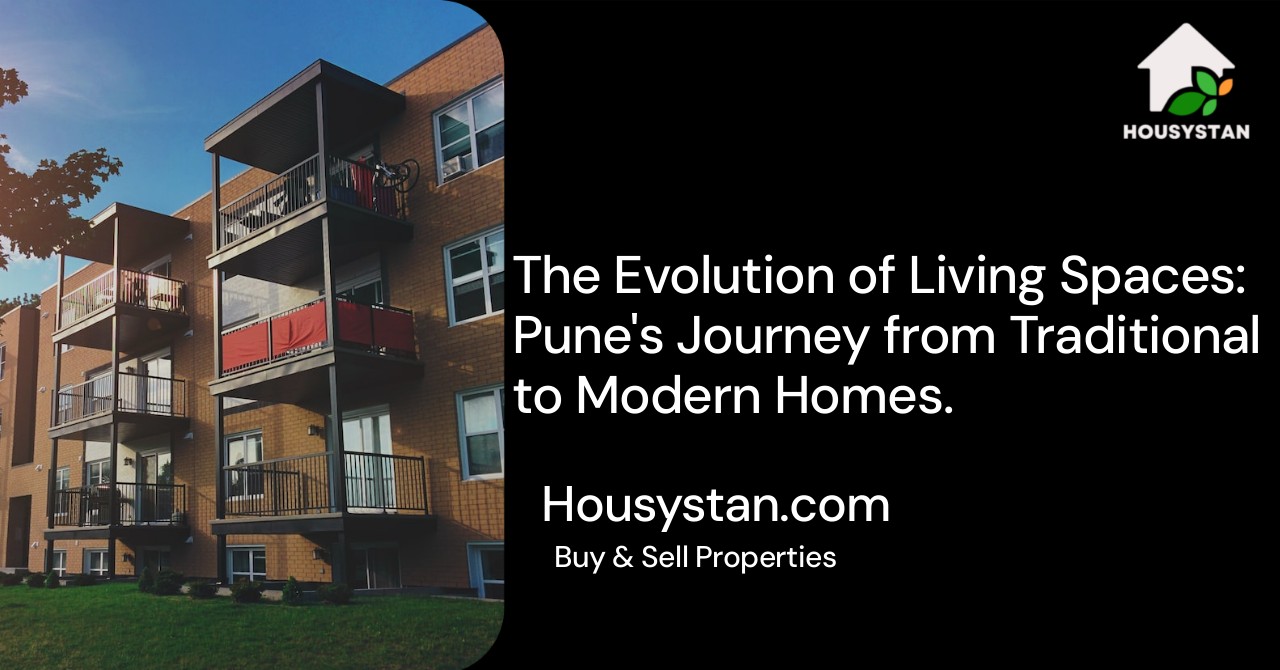The Evolution of Living Spaces: Pune's Journey from Traditional to Modern Homes
Read latest blogs and articles from Housystan

The Information mentioned here was last updated on:
4/1/2026Pune, one of Maharashtra’s most vibrant cities, has witnessed a remarkable transformation in its residential landscape over the decades. Traditionally known for its wada-style homes and colonial bungalows, the city’s living spaces have evolved dramatically to embrace contemporary architecture and modern amenities. This shift reflects not only changing lifestyles but also Pune’s emergence as a leading urban hub in Western India.
Historically, Pune’s localities such as Shaniwar Peth, Sadashiv Peth, and Kasba Peth were dotted with classic wadas—sprawling courtyard homes characterized by wooden pillars, sloping roofs, and intricate carvings. These structures were designed to accommodate joint families, offering a sense of community and security. However, as the city’s population grew and urbanization accelerated, the demand for compact and efficient residences soared, prompting a wave of transformation in Pune’s housing sector.
Today, Pune’s skyline is defined by sleek apartment complexes, gated communities, and smart homes equipped with cutting-edge technology. Areas like Kharadi, Baner, Hinjewadi, and Wakad now boast high-rise towers with amenities such as swimming pools, fitness centers, landscaped gardens, and round-the-clock security. These developments cater to young professionals, IT employees, and families seeking comfort, connectivity, and convenience in their daily lives.
- Verified Tenants/Buyers
- Unlimited Property Listing
- Zero subscription/charges fee
Sustainability and eco-friendly practices have also become integral to Pune’s modern housing. Builders are incorporating rainwater harvesting, solar panels, energy-efficient lighting, and green spaces to promote a healthier lifestyle and reduce environmental impact. This focus on sustainable living is especially evident in new projects across Hadapsar, Magarpatta, and Wagholi, making Pune a pioneer in responsible urban development.
The city’s transformation from traditional homes to state-of-the-art living spaces underscores its adaptability and forward-thinking spirit. As Pune continues to attract new residents and investors, its real estate sector remains committed to blending heritage with innovation, ensuring that every home reflects the city’s unique culture and dynamic growth. Whether you are seeking a heritage abode in the heart of Pune or a modern apartment in its expanding suburbs, the city offers diverse options tailored to every lifestyle and aspiration.